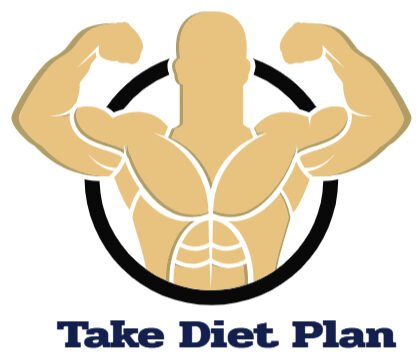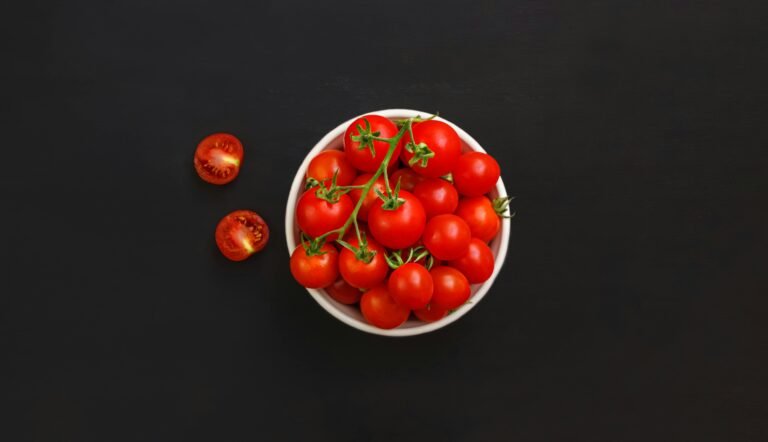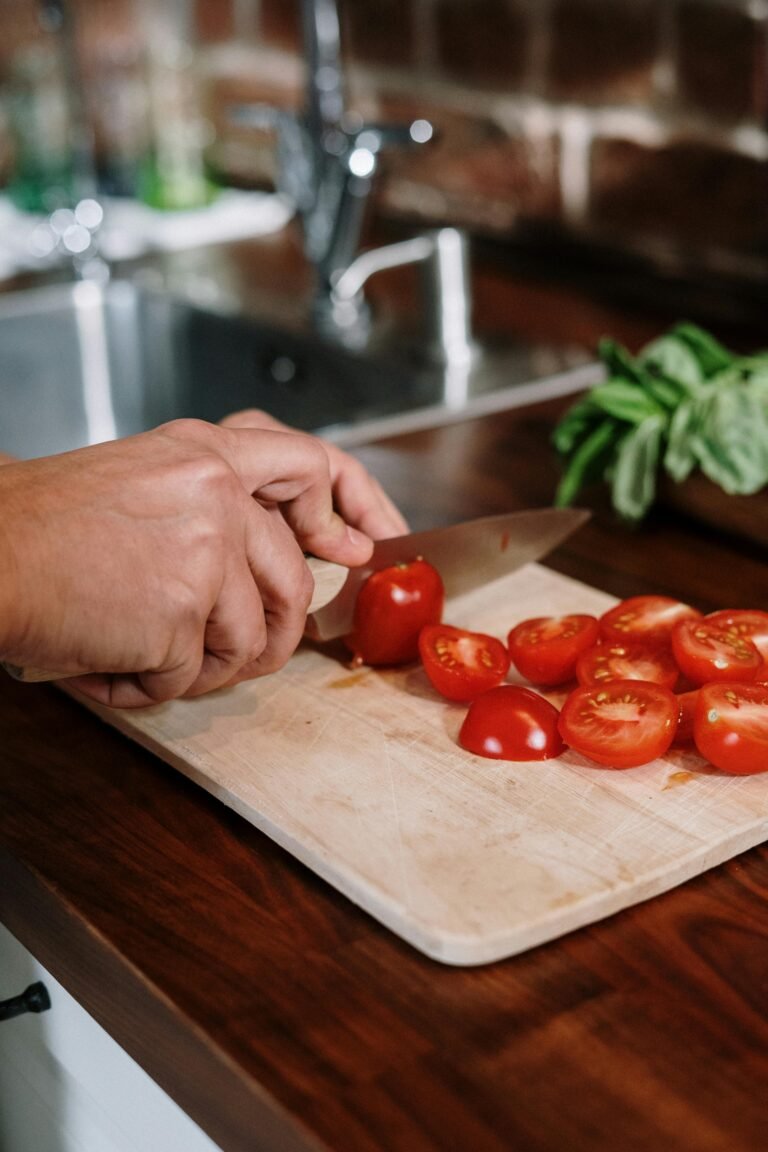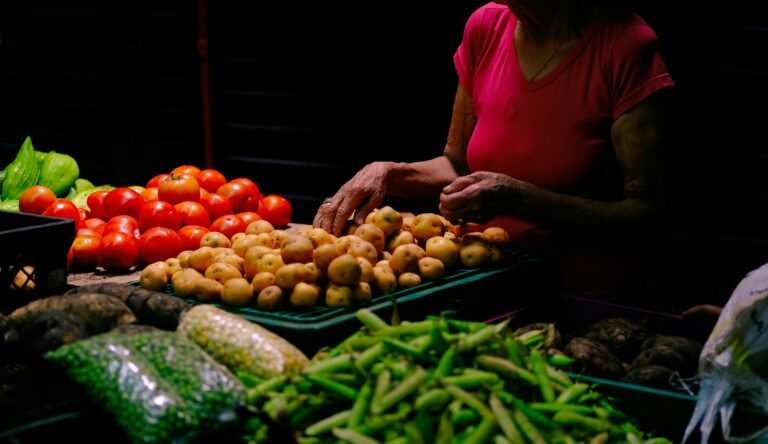The palatability index for weight loss
 If you want to lose weight without frustration, if you suffer from nervous hunger and don’t know how to get out of it, a very useful thing in my opinion is to know the food palatability index , which at first glance may seem an abstract theory, but not it is only something that applies to our everyday life, it is very exploited in the food industry.
If you want to lose weight without frustration, if you suffer from nervous hunger and don’t know how to get out of it, a very useful thing in my opinion is to know the food palatability index , which at first glance may seem an abstract theory, but not it is only something that applies to our everyday life, it is very exploited in the food industry.
First of all, what is the palatability index?
In English, many dieticians and nutritionists speak of “palatable foods” that is palatable foods, dividing them by degrees of palatability: highly palatable foods are very palatable foods, that is, very tasty ones. Low palatable foodsthey are poorly palatable foods, those that do not immediately come to mind when we feel like eating, let’s put it this way. At one time this distinction was almost useless: the diet of our grandparents was simple , very palatable foods were scarce and they were almost the foods of the party or Sunday. It is not usually that people particularly craved a slice of black bread over an apple. In addition, education in poverty made people content with what they found on their plate.
It was the food industry that exploited the concept of palatability.The products on the market are often very appetizing, because they have to push those who eat to want them and not get satisfied easily, focusing everything on chemistry, on certain additives, for example, which give more flavor to food, or on the addition of sugar in various forms and of salt in various forms.
They will tell you that palatable foods are subjective , just as there are those who like salty and those who like sweet. But in reality this is not the case, there are two elements to take into account: the first is that the more calorie dense foods are also more palatable. The hearty ones are more palatable.
This first rule almost responds to an evolutionary need. Our body aims at survival and wants to keep us alive, while it does not know or hardly know the idea of extreme abundance. Clearly we cannot eat until we burst and for this reason the body sends us signals through the appetite center (nucleus of the hypothalamus) and in particular through hormones that induce the sense of hunger or stimulate the sense of satiety. In theory, if we are overweight we will tend to be less hungry. However, the body tends more to defend us from starvation than from overeating. This is why we tend to prefer foods with a high calorie density. We will prefer meat to vegetables, high-energy foods such as fried potatoes to a salad plate, cheeses or fish broth desserts.
The second thing to take into consideration is that the artificial (industrial food) beats the natural ten to zero for palatability.
And this is where the donkey falls. The palatability becomes less and less subjective and more and more directed towards industrial foods.
Precisely because the industry exploits the concept of palatability to give us increasingly tasty foods so as to create an addiction in us, we today, compared to our grandparents, may want to eat chips, biscuits, snacks, ice cream, spreads, snacks. salty, pizza and fast food. And since we have to satisfy our hunger, we will not know how to dose ourselves. No one placed in front of a box of cookies will eat just one. Same thing for the packet of chips.
This second rule creates two problems. One, it makes us fat.
Two, it creates addiction and distorts the hunger / satiety signals that regulate our appetite. For this reason, for example, beverages and industrial foods are among the causes of metabolic syndrome according to recent studies. And that’s why overweight people don’t eat less, they don’t get satisfied easily: they can’t regulate themselves anymore.
What to do? Here’s how to use the palatability index to our advantage.
1) Do not eat palatable foods as snacks between meals. If you don’t know how to settle for small portions of biscuits or chips, the solution is to eat less appetizing but still pleasant foods, at a medium level of palatability, if we want a snack: for example a sugary fruit like banana instead of biscuits, or some dried figs; a Greek yogurt with a spoonful of peanut butter instead of a bag of chips; a handful of almonds.
2) Avoid industrial foods as much as possible because they ruin our sense of food palatability:remove them from your pantry. This will lower your dependence on more palatable foods and adjust your taste and your sense of hunger / satiety: for example, if you eat less industrial sweets, a homemade dessert will satiate you more, a teaspoon of honey will be enough to sweeten yours. you. .
3) Eat palatable foods in a full meal of less palatable foods: eating a piece of cheese after a plate of wholemeal pasta with vegetables; some salami or sausage in a dish of potatoes and vegetables; a piece of dark chocolate at the end of the meal; two tablespoons of ice cream in a bowl of fresh fruit, a cup of porridge for breakfast with bitter cocoa and pieces of fruit; and not, however, the plate of cold cuts and cheeses with a glass of wine, an aperitif with fried potatoes and pretzels, ice cream instead of lunch, a snack for breakfast.





























+ There are no comments
Add yours